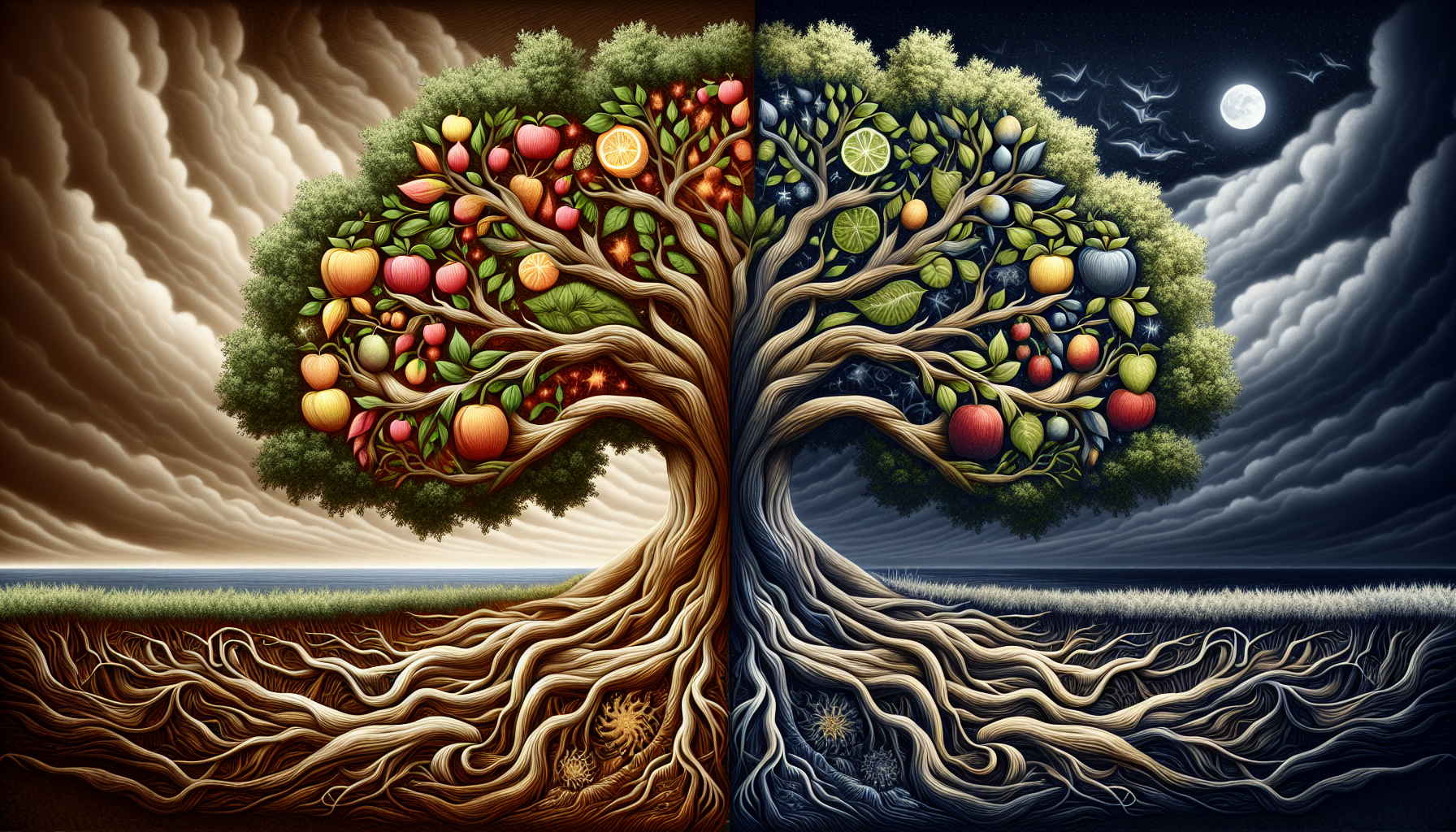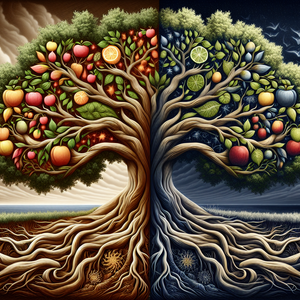Modern Takes on Classic Chinese Dishes in Your Area

Chinese cuisine is deeply rooted in history, with each region offering unique flavors and cooking techniques. However, as globalization influences culinary practices, chefs are blending traditional ingredients with contemporary methods, resulting in exciting new dishes. A beloved classic such as Kung Pao chicken, for instance, might be reinterpreted with sous-vide chicken or a vegan alternative using jackfruit, showcasing both tradition and innovation. These modern takes not only cater to diverse dietary preferences but also attract younger generations who seek both authenticity and novelty in their dining experiences.
Spotlight on Local Chefs
To truly understand this culinary evolution, we spoke with several chefs who are leading the charge in their local communities.
Chef Mei Lin - The Modern Wok
At The Modern Wok, Chef Mei Lin has made a name for herself by reimagining classic Chinese dishes with a focus on local ingredients. One of her standout creations is the "Spicy Mango Mapo Tofu," which combines the bold flavors of the traditional Sichuan dish with the refreshing sweetness of mango. Chef Lin explains, "I wanted to show that we can maintain the essence of the original dish while introducing new elements that surprise and delight our customers." This innovative approach not only attracts those familiar with Chinese cuisine but also draws in diners who might be hesitant to try more traditional offerings.
Chef David Chen - Dim Sum Reinvented
At Dim Sum Fusion, Chef David Chen has transformed the concept of dim sum into a culinary art form. His signature dish, "Truffle Mushroom Siu Mai," features a blend of wild mushrooms and truffle oil wrapped in delicate dumpling skins. "Dim sum is all about sharing and experiencing different flavors," he says. By incorporating high-end ingredients like truffles, Chef Chen elevates the traditional experience into something extraordinary. His menu also includes plant-based options, making dim sum accessible to a wider audience and appealing to the growing trend of vegetarian and vegan dining.
The Importance of Presentation
Modern takes on Chinese classics are not just about flavor; presentation plays a vital role in enhancing the dining experience. Many local chefs are embracing techniques such as deconstruction and artistic plating, making dishes visually stunning and Instagram-worthy. For example, the "Deconstructed Peking Duck" served at a popular restaurant in town features crispy duck skin, duck confit, and pancakes artfully arranged on the plate, allowing diners to assemble their own bites. This interactive dining experience engages customers and creates a memorable meal, encouraging diners to share their experiences on social media and promoting the restaurant's modern approach to traditional cuisine.
Bridging Cultures
The fusion of traditional Chinese dishes with modern techniques also serves as a bridge between cultures. Chefs are increasingly experimenting with flavors from other cuisines, resulting in unique offerings like "Korean BBQ Bao Buns" or "Thai Basil Fried Rice." This cross-cultural exchange not only broadens the palate of diners but also encourages a deeper appreciation for the diversity of flavors that can be found in Chinese cuisine. As these culinary fusions gain popularity, they also promote dialogue and understanding between different cultures, making dining a more inclusive and enriching experience.
The modern reinterpretation of classic Chinese dishes is an exciting movement that combines tradition with innovation, allowing chefs to showcase their creativity while honoring the rich history of Chinese cuisine. By exploring local restaurants that are pushing the boundaries of traditional recipes, diners can experience a culinary journey that is both familiar and fresh. Whether it's through unique flavor combinations, artistic presentation, or cultural fusion, these modern takes on classic dishes reflect the evolving nature of food and the endless possibilities it holds. As you venture into your local dining scene, keep an open mind and be ready to discover new interpretations of the beloved flavors of China. In your quest for "Chinese food near me," you may find a delightful blend of tradition and modernity waiting to be savored.
Culinary Innovator - Asian Fusion Specialist
Upscale Asian fusion restaurants, culinary schools, and innovative catering companies.
Core Responsibilities
Develop and create innovative recipes that blend traditional Chinese cuisine with contemporary cooking techniques and global flavors.
Collaborate with local farmers and suppliers to source fresh, sustainable ingredients to enhance menu offerings.
Conduct taste tests and customer feedback sessions to refine dishes and ensure they meet both flavor and presentation standards.
Required Skills
Extensive knowledge of Chinese culinary techniques and ingredients, along with experience in fusion cuisine.
Strong creativity and ability to experiment with flavors while maintaining the essence of traditional dishes.
Previous experience in a high-end restaurant or culinary innovation role is preferred.
Restaurant Menu Designer
Restaurants, catering companies, and culinary consulting firms.
Core Responsibilities
Conceptualize and design seasonal menus that reflect current culinary trends while incorporating unique twists on classic dishes.
Collaborate with chefs to balance flavor profiles, presentation, and cost-effectiveness in menu items.
Analyze customer preferences and market trends to identify opportunities for new dishes or revisions.
Required Skills
Strong background in culinary arts, menu development, and food photography.
Excellent communication and collaboration skills to work effectively with kitchen staff and management.
Experience with food costing and pricing strategies is beneficial.
Food Stylist and Presentation Artist
Restaurants, food publications, and marketing agencies focused on the food industry.
Core Responsibilities
Create visually appealing presentations for dishes that enhance the dining experience and attract social media engagement.
Work closely with chefs to understand the essence of dishes and translate that into stunning visual displays.
Stay updated on current food styling trends and techniques to continually innovate presentation methods.
Required Skills
Strong sense of aesthetics and design, with an eye for detail in food presentation.
Experience in food photography and styling, preferably with a portfolio showcasing previous work.
Knowledge of food properties and how they interact during the styling process (e.g., melting, browning).
Culinary Marketing Specialist
Restaurants, food brands, and culinary agencies.
Core Responsibilities
Develop and implement marketing strategies to promote new menu items and attract a diverse customer base.
Create engaging content for social media platforms that highlights modern interpretations of classic dishes and chefs’ stories.
Organize promotional events and tastings to showcase innovative dishes and increase customer engagement.
Required Skills
Strong understanding of digital marketing, brand development, and food trends.
Excellent written and verbal communication skills to effectively convey the restaurant's unique offerings.
Experience in the food industry or culinary marketing is a plus.
Culinary Research and Development Chef
Food product development companies, upscale restaurants, and culinary think tanks.
Core Responsibilities
Conduct research on global culinary trends, innovative techniques, and ingredient sourcing to develop new dish concepts.
Collaborate with chefs and restaurant owners to test and refine dishes for menu inclusion, ensuring they align with brand identity.
Present findings and new dish proposals to stakeholders, providing insights on market viability and customer preferences.
Required Skills
Strong background in culinary arts with a focus on innovation and experimentation.
Excellent analytical skills to assess market trends and customer feedback.
Prior experience in research and development within the food industry is highly desirable.


